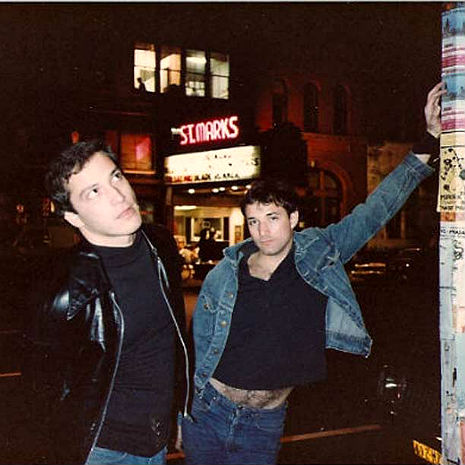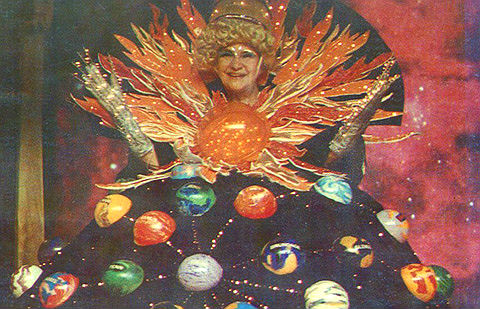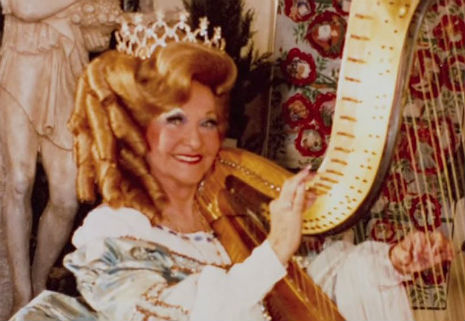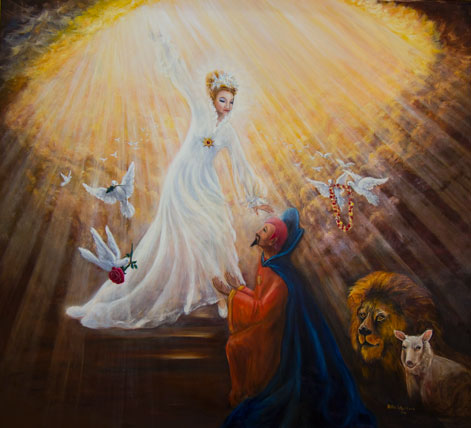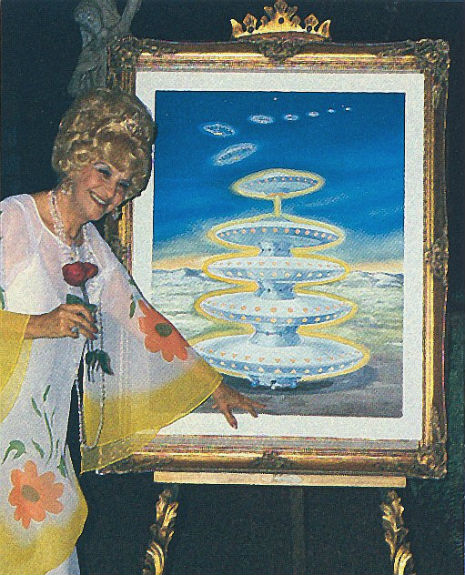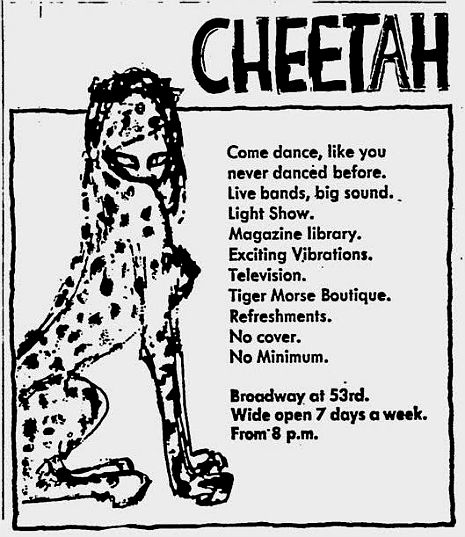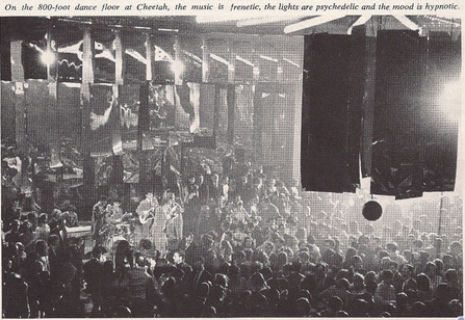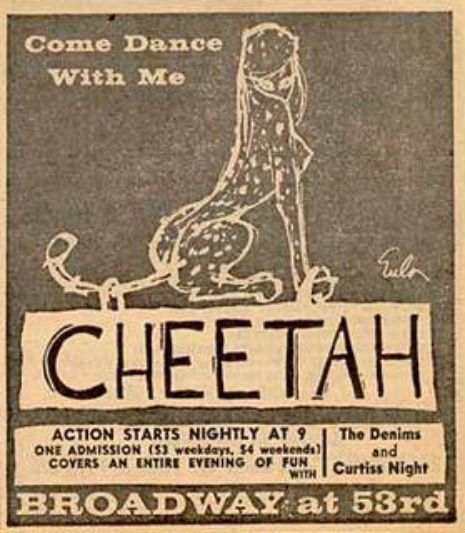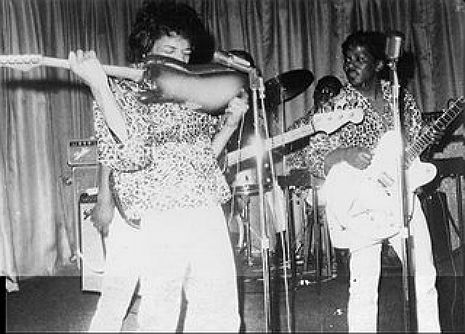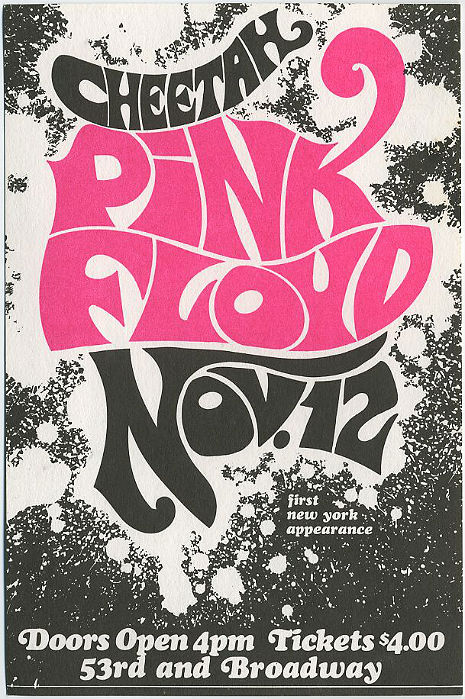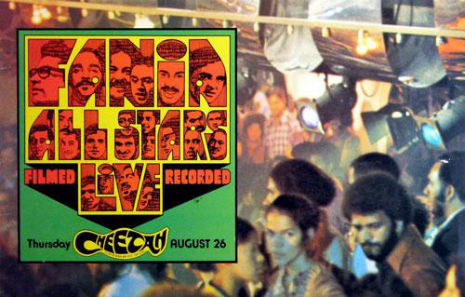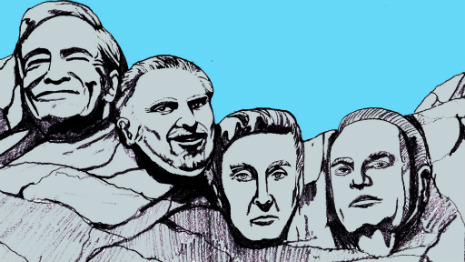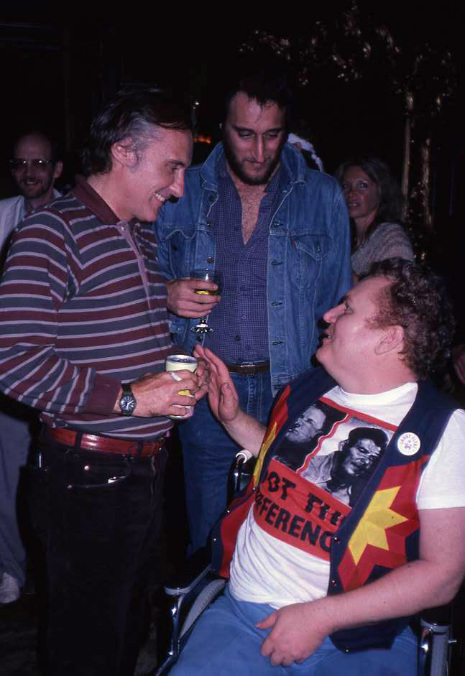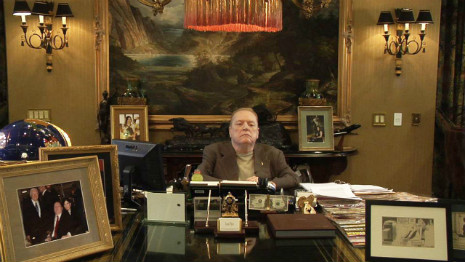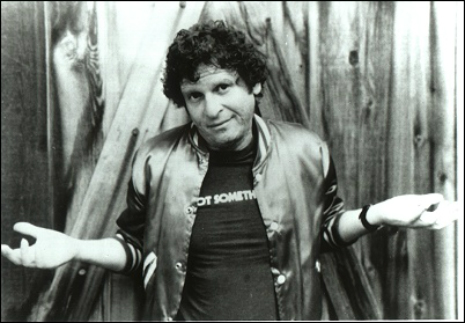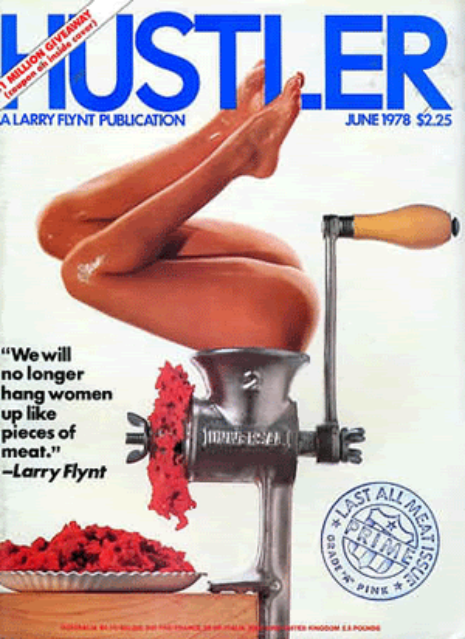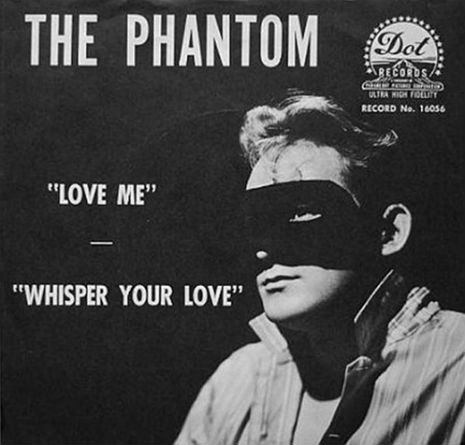
Marty Lott aka Jerry Lott aka “The Phantom” was born near Mobile, Alabama in 1938 and moved to Leakesville, Mississippi during infancy. He played country music on stage at school which progressed to playing country and western at Paynas Furniture Store in Lucedale, Mississippi. Jerry started entering and winning local performing contests which led him to start touring. It all changed in 1956 for Marty and so many others, when Elvis Presley came along, opened his eyes and charged his soul with rock and roll.
“Love Me” was written in ten minutes and recorded in Mobile at Gulf Coast Studio in the summer of 1958. It is one of those rare, lust-filled, psychotic explosions that, in one minute and twenty nine seconds, packs more punch than most punk records did and is considered by many to be the wildest rock and roll song ever recorded. It had to wait until the new decade to see a release.
Lott told Derek Glenister:
“I’d worked three months on the other side of the record. Somebody said, ‘what you gonna put on the flip-side’ I hadn’t even thought about it. Someone suggested I wrote something like Elvis ‘cause he was just a little on the wane and everybody was beginning to turn against rock ‘n’ roll. They said, ‘See if you spark rock ‘n’ roll a little bit’... so that’s when I put all the fire and fury I could utter into it. I was satisfied with the first take, but everybody said, ‘let’s try it one more time’. I didn’t yell on the first take, but I yelled on the second, and blew one of the controls off the wall.”
“I’m telling ya, “it was wild. The drummer lost one of his sticks, the piano player screamed and knocked his stool over, the guitar player’s glasses were hanging sideways over his eyes.

Lott, known at this time as The Gulf Coast Fireball left Mobile for Los Angeles to shop his master tape around. On a truly bizarre impulse he followed Pat Boone to church one Sunday morning and convinced him to give the tape a listen. It was Boone’s idea to rename Lott The Phantom, even agreeing to issue the record on his own Cooga Mooga label. Eventually Lott signed a contract with Boone’s management but the single of “Love Me” b/w “Whisper Your Love” was released on the label Boone recorded for—Dot Records in 1960, packaged in a nifty picture sleeve, normally reserved only for the really big stars here in the States.
“Aahh, uhh, let’s go! Uhh
Press your lips to mine
And whisper I love you
Gotta have chance that lasts
To do the things we wanna do
Don’t hesitate, I can’t wait,
Love me
You set my soul on fire
Every muscle in my body’s burning with desire
Baby kiss me do
Make me know you’re mine
Love me with desire
Oh honey, this is fine
Don’t hesitate, I can’t wait,
Love me
Aahh!
I want you to be my bride
My heart’s a runnin’ wild
Got to make you mine
If just for a little while
Don’t hesitate, I can’t wait,
Love me, love me, love me, love me…”

Sadly in 1965, Jerry’s wife took her own life, and shortly thereafter, in 1966, while still attempting to tour, The Phantom was involved in a near fatal auto accident in York, South Carolina. After his car tumbled 600 feet down a mountainside he was left paralyzed below the neck. Lott continued to write songs, but never recorded again. He passed away on September 4th,1983 at the age of 45.
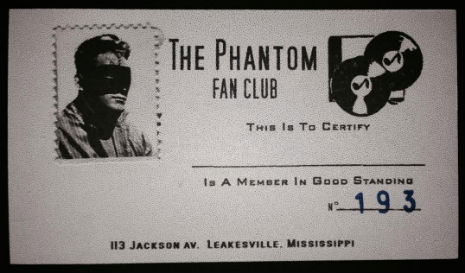
Ever the rock ‘n’ roll purists The Cramps chose the song to be one of the first ones they learned, going so far as to make a flyer that they put up around New York City before they ever even played their first gig proclaiming “LOVE ME” featuring the baleful gaze of Cramps guitarist Bryan Gregory.
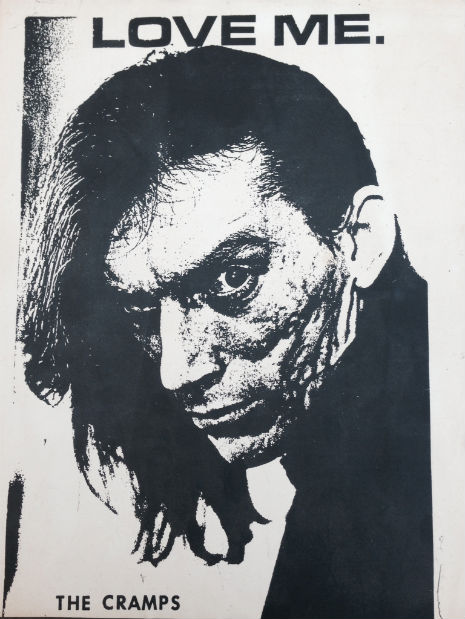
The Cramps play “Love Me” at the Napa State Mental Hospital in 1978
A new generation was introduced to the likes of The Phantom in the late 70’s/early 80’s through this and many European (i.e. bootleg) rockabilly compilation LPs. Fanzines like Kicks, which later morphed into Norton Records and Kicks Books were the first in America to dig deep and write about The Phantom.
As usual, rock ‘n’ roll in its purest form is always discovered 50 years too late by those who wish to use the music to sell stuff. I got an email requesting the cover of the “Love Me” single last week from a music supervisor working for an advertising agency. He couldn’t tell me who, but “Love Me” by The Phantom was going to be used in a huge ad campaign and they needed the artwork for the iTunes download that they will be making available in conjunction with the ad. It was just announced that the song would be used in the latest Southern Comfort campaign. More money will be earned, hopefully by a family member of Lott’s (though I highly doubt it), by the use of this song in this ad than Jerry Lott probably made in his entire music career. It just seems odd the way they used it, like I’m watching TV with the sound down and listening to a record.
I think I need a drink.
Previously on Dangerous Minds:
Who was that masked man? ORION: The Man Who Would Be King







